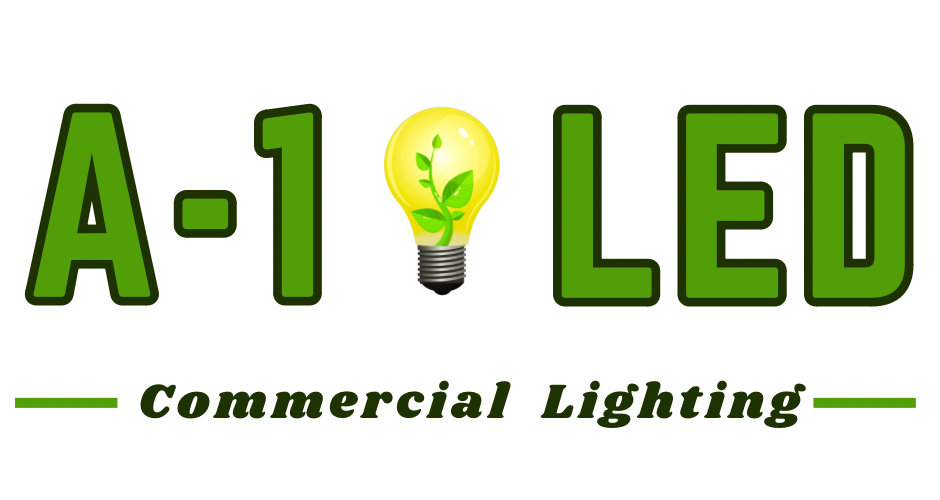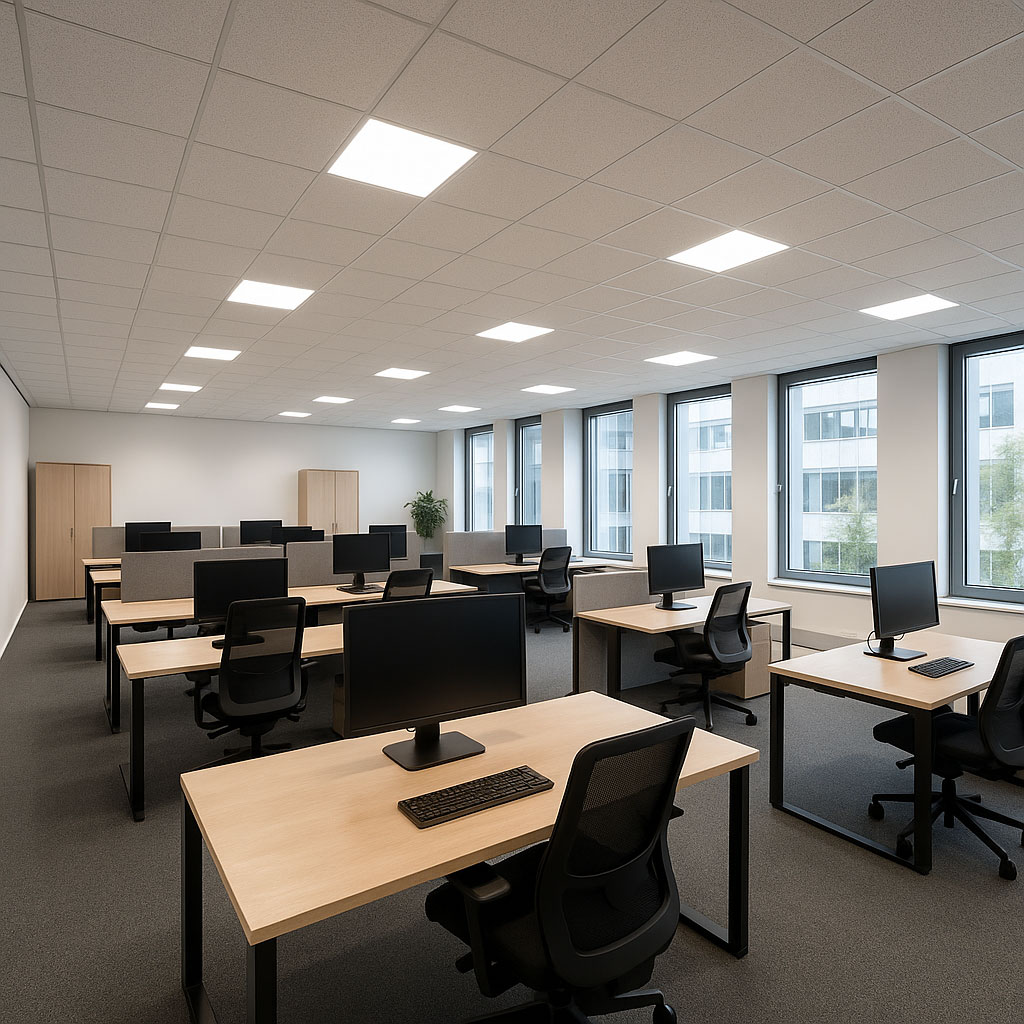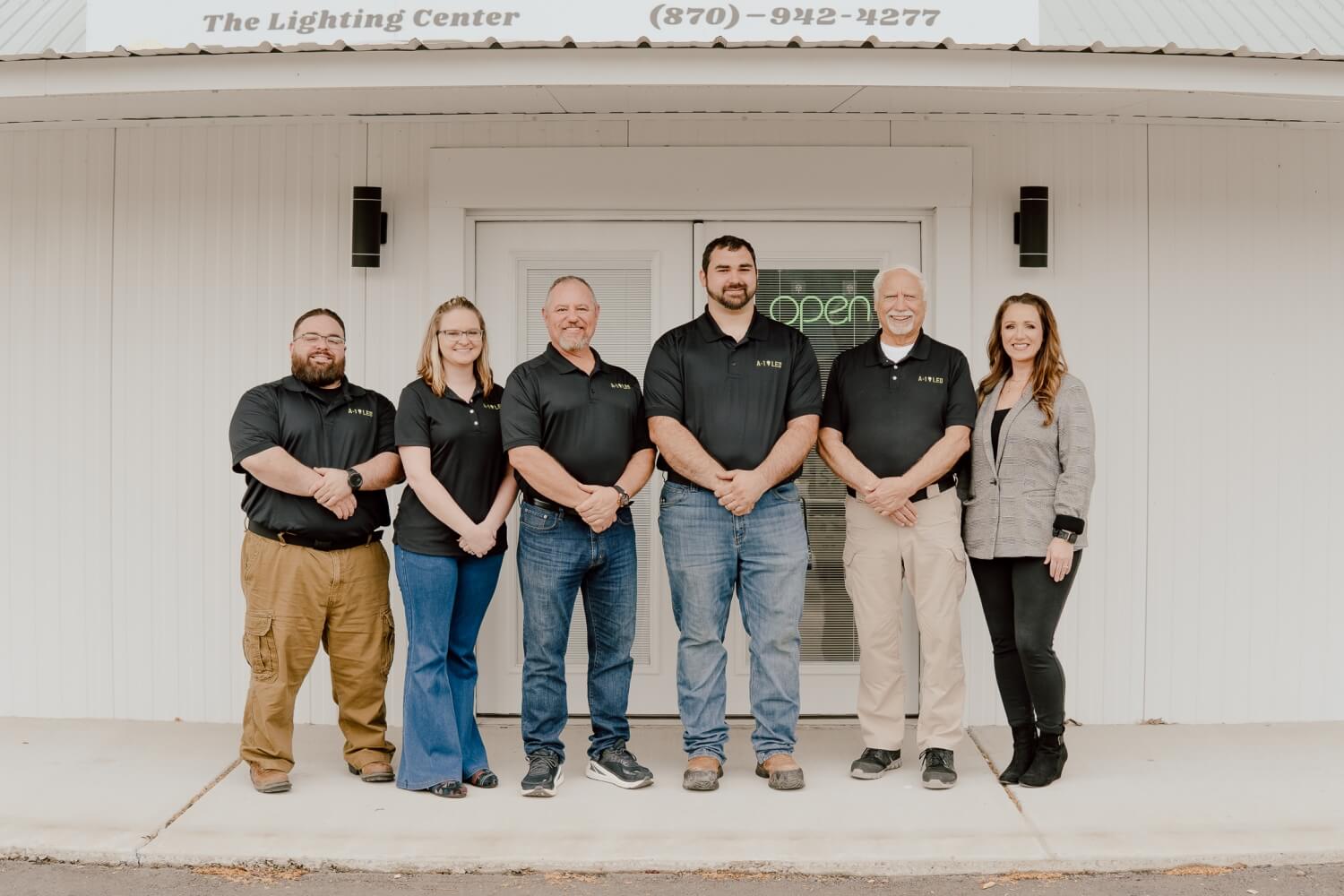The link between workplace lighting and productivity is stronger than most people realize. In fact, studies have shown that poor lighting can lead to fatigue, headaches, eye strain, and even depression – factors that significantly reduce work performance. That is why LED lights are becoming a staple in modern office environments. Designed with efficiency and human health in mind, these lighting systems not only cut energy costs but also play a crucial role in enhancing office productivity.
By mimicking natural daylight, offering customizable brightness levels, and producing optimal color temperatures, LED lighting systems can create the ideal work atmosphere. This article will explore the science behind lighting and productivity, highlight how LED lights impact mood and focus, and explain why they are the smartest upgrade for any commercial office space.
The Science of Light and Human Productivity
How Light Affects the Brain
Lighting influences our circadian rhythm, the internal biological clock that regulates sleep-wake cycles. Exposure to bright, cool lighting during the day can signal the brain to stay alert, while warm, dim lighting promotes relaxation. In the workplace, appropriate lighting helps keep employees alert and attentive.
Hormonal Impact of LED Lighting
Proper lighting – especially in the blue and white light spectrum – has been shown to increase serotonin levels, which helps improve mood and motivation. It also suppresses melatonin, the hormone responsible for sleepiness, helping workers stay engaged and focused throughout the day.
Color Temperature: Finding the Right Hue for Focus
What is Color Temperature?
Color temperature is measured in Kelvins (K) and describes how “warm” or “cool” a light source appears.
- Warm light (2,700K – 3,500K) has a yellow-orange tone.
- Neutral light (3,500K – 4,100K) offers a balance between warm and cool.
- Cool light (5,000K – 6,500K) appears bluish-white and mimics daylight.
Best Color Temperature for Offices
Cool white LED lights (around 5,000K) are ideal for office settings. They mimic daylight, which boosts alertness, accuracy, and cognitive performance. In contrast, warm lighting may create a cozy atmosphere but is more suited for break rooms or reception areas than focused workspaces.

Brightness Levels: How Much Is Too Much?
Measuring Brightness
Brightness is measured in lumens, and different tasks require different levels:
- General office work: 300-500 lumens per square meter.
- Detailed tasks (e.g., drafting, reading fine print): 750-1,000 lumens per square meter.
Effects of Inadequate or Excessive Brightness
Lighting that is too dim can cause drowsiness, eye strain, and reduced productivity. On the other hand, overly bright lighting can lead to glare, headaches, and irritability. LED lights offer an advantage because they are dimmable and can be precisely adjusted to suit the needs of the space and time of day.
Benefits of LED Lights for Office Productivity
Enhanced Visual Comfort
LED lights reduce flicker and provide even, shadow-free illumination. This improves visual clarity and helps employees stay comfortable during long work hours.
Improved Concentration and Accuracy
Studies have shown that cooler color temperatures and appropriate brightness levels – both achievable with LED systems – lead to improved concentration, faster reaction times, and fewer errors in tasks that require mental focus.
Mood and Morale Boost
Cool white LED lighting helps stimulate the production of serotonin, which is known to boost mood and overall wellbeing. Happier employees are more motivated, cooperative, and resilient to stress.
Reduced Fatigue and Eye Strain
Glare and inadequate lighting are major contributors to workplace fatigue. LED lights minimize glare and offer customizable brightness, helping reduce eye strain and mental exhaustion.
Better Adaptation to Natural Light Cycles
LED systems with smart controls can be programmed to adjust brightness and color temperature throughout the day. This supports a natural rhythm for workers, helping them to stay engaged in the morning and gradually wind down in the late afternoon.
LED Lighting Design Tips for Productive Workspaces
Choose Task Lighting for Focused Work
Use adjustable LED desk lamps or under-cabinet lighting in areas where close-up work is performed. This ensures adequate brightness without affecting the entire room’s ambiance.
Implement Layered Lighting
Combine ambient lighting (overhead LEDs) with task lighting and accent lights to create depth and reduce glare. A layered lighting design also allows more precise control of the visual environment.
Use Motion and Daylight Sensors
Automated lighting that adjusts based on occupancy and natural sunlight not only saves energy but also helps maintain consistent lighting levels throughout the day, optimizing office productivity.
Why Businesses Are Switching to LED Lighting
Aside from performance benefits, LED lighting is also an eco-friendly and cost-effective solution. Businesses that switch to LED systems often experience:
- Lower energy bills
- Reduced maintenance costs
- Improved sustainability practices
- Increased employee satisfaction and retention
In an era where businesses are competing not just for market share but for talent, small environmental and comfort-focused upgrades like LED lighting can make a big difference in both operations and workplace culture.
Let A-1 LED Help You Light the Way to Better Productivity
Upgrading your commercial lighting system isn’t just about saving energy – it’s about creating an environment where your team can thrive. By using LED lights to optimize brightness, color temperature, and comfort, you can significantly boost office productivity and employee satisfaction.
A-1 LED, based in Sheridan, Arkansas, specializes in commercial LED lighting and replacement installation across Arkansas, Texas, and Louisiana. Whether you are renovating a corporate space, outfitting a new office, or replacing outdated systems, our experts can design a lighting solution tailored to your needs.
Call (870) 942-4277 today to schedule a consultation and discover how professional LED lighting can transform your workspace.


